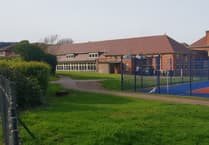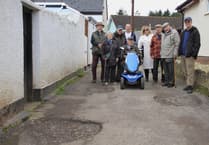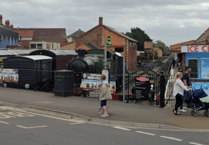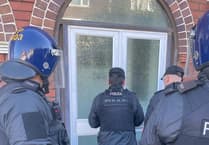VISITORS to West Somerset can now spend their holidays staying in a former ‘Cold War’ nuclear bunker.
The concrete bunker was one of 1,500 built in the UK in the 1950s, during the time when tension between the Soviet Union and the West was at its height.
It was sunk into the top of a hill in Kilton, Holford, but its initial use became less of a priority after the fall of the Berlin Wall in 1989 and the subsequent thaw in East-West relations.
Owner Neil McCallum, of Kilton Farm East, Holford, has now been given planning permission by Somerset Council to convert it into a small holiday retreat.
Mr McCallum plans to expose two sides of the bunker and to extend it to provide a small shower room, a bed/sitting room with two single fold-down beds similar to a cross-Channel ferry cabin, a kitchen, and a dining area.
A rainwater harvest tank would provide water for washing, but cooking and drinking water would have to be delivered.
Electricity for heating and lighting would be supplied through solar panels, with battery back-up facilities.
Planning agent Michael Shepherd, of Shattock Associates, said Mr McCallum wanted to use the bunker as a retreat for himself and also to rent it to ‘like-minded holidaymakers’.
Mr Shepherd said the site was only a third-of-an-acre, too small to accommodate more than one car, and therefore not suited to business use other than the holiday-leisure market.
He said the location was ideal for visitors to the West Somerset coast and/or the Quantock Hills, especially walkers and cyclists.
Planning officer Briony Waterman said: “On balance, it is considered that the proposal would enhance the accessibility and appreciation of the site and provides a viable use for the nuclear bunker.
“Given the scale of the proposal and the current use of the site it is considered there would be no significant impact upon highways or the visual amenity of the area.”
A condition of approving planning permission was that the bunker could only be occupied for tourism purposes and could not be used as anybody’s sole or main home.
Mr McCallum’s inspiration for the nuclear bunker conversion was the famous Vista building, in Dungeness, on the South coast, a 1950s fishing hut converted by architect Simon Condor to a similar coastal retreat as planned for Holford.




